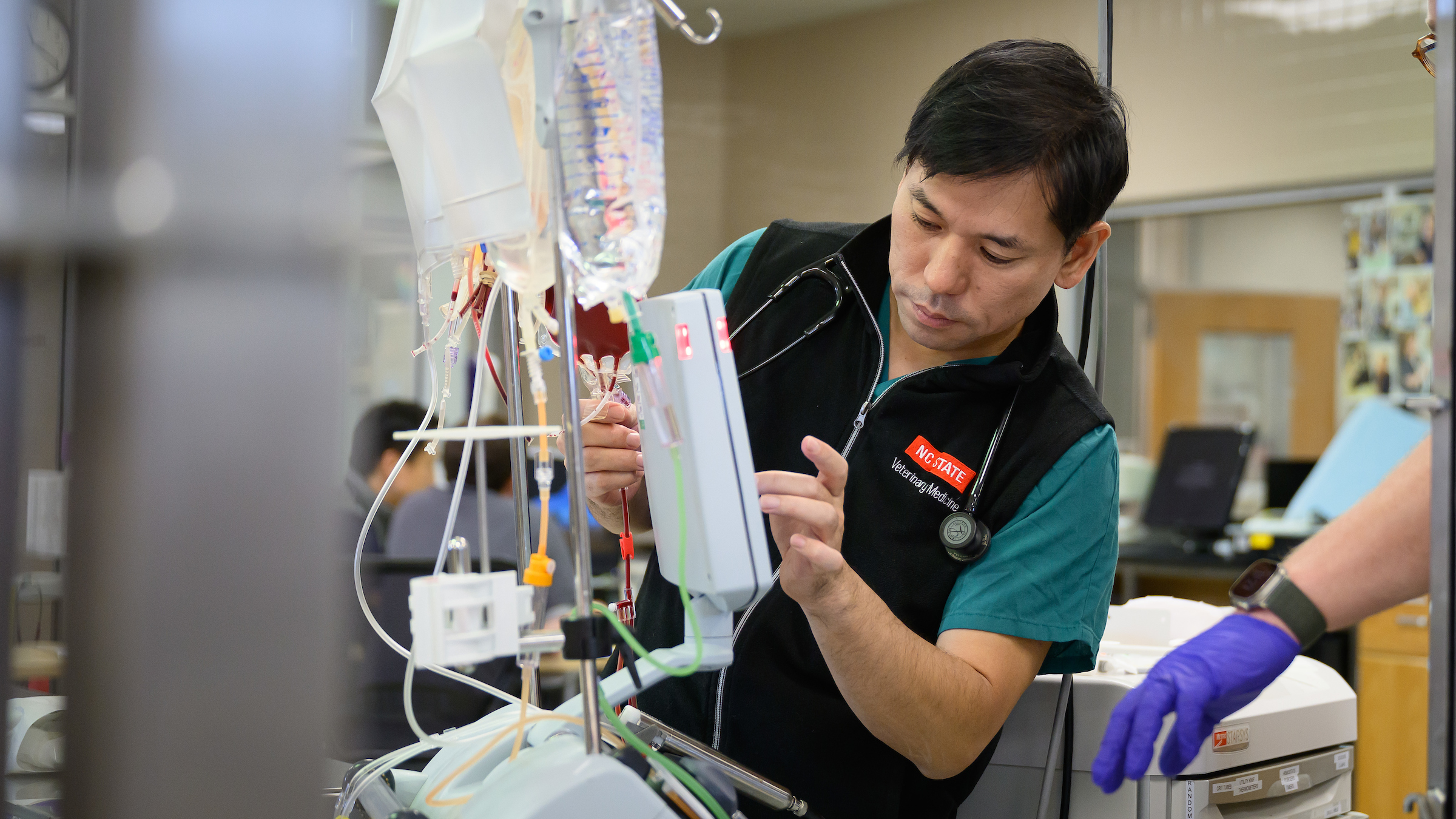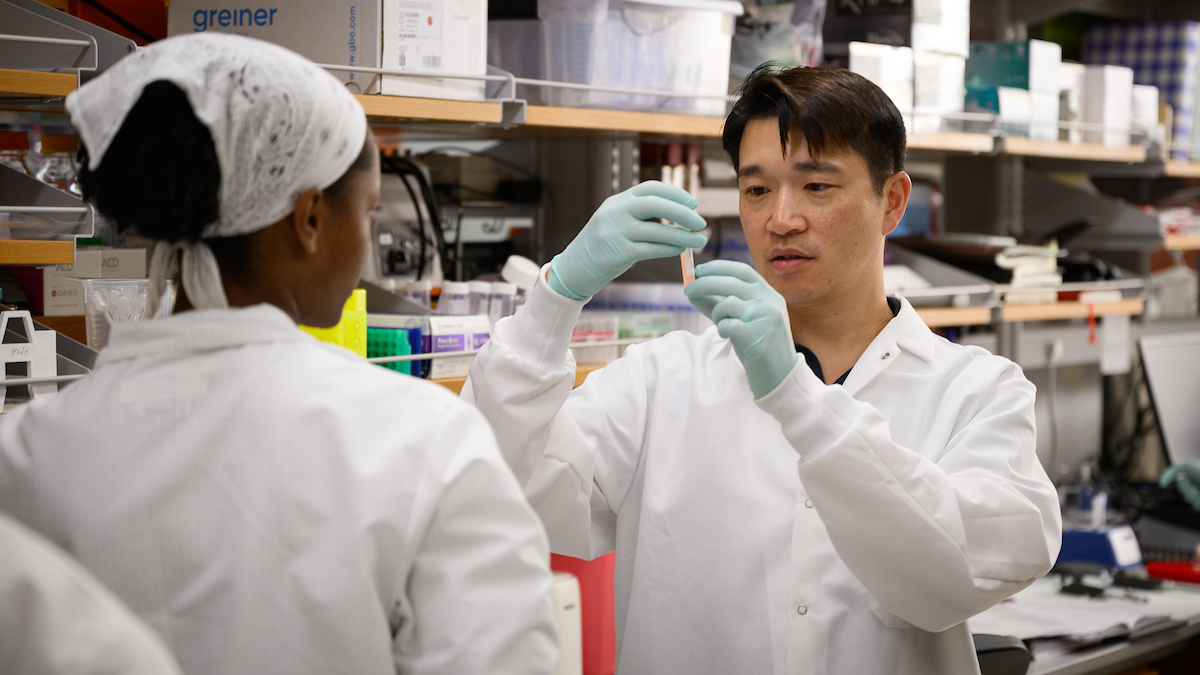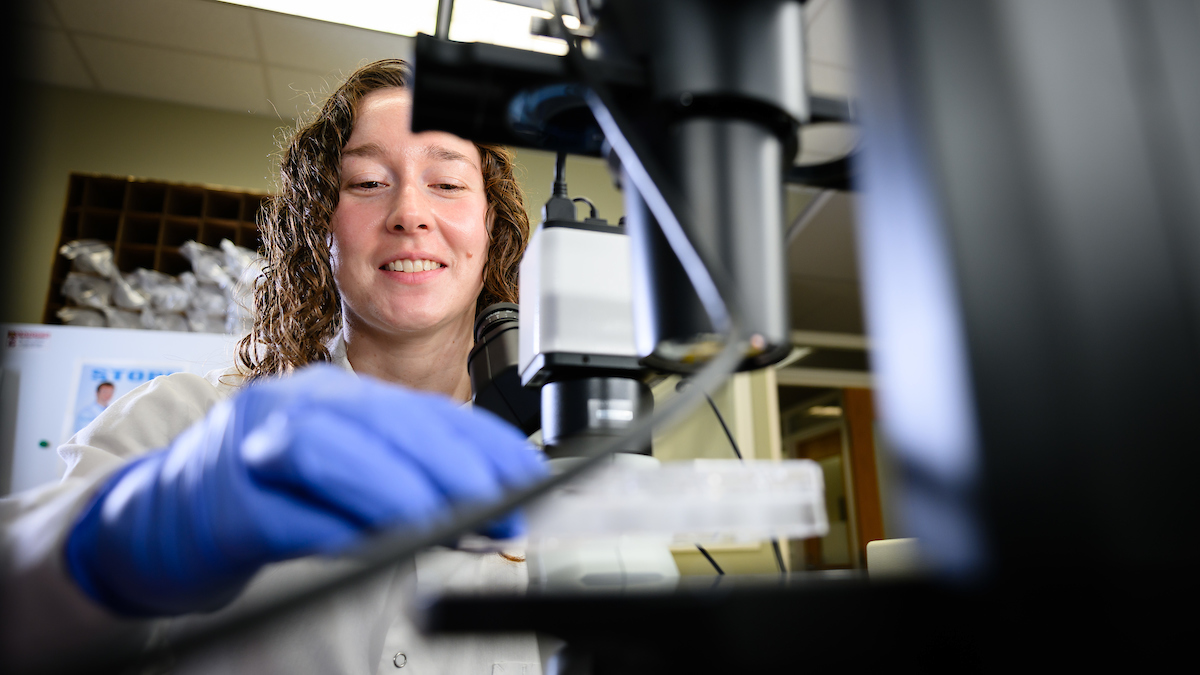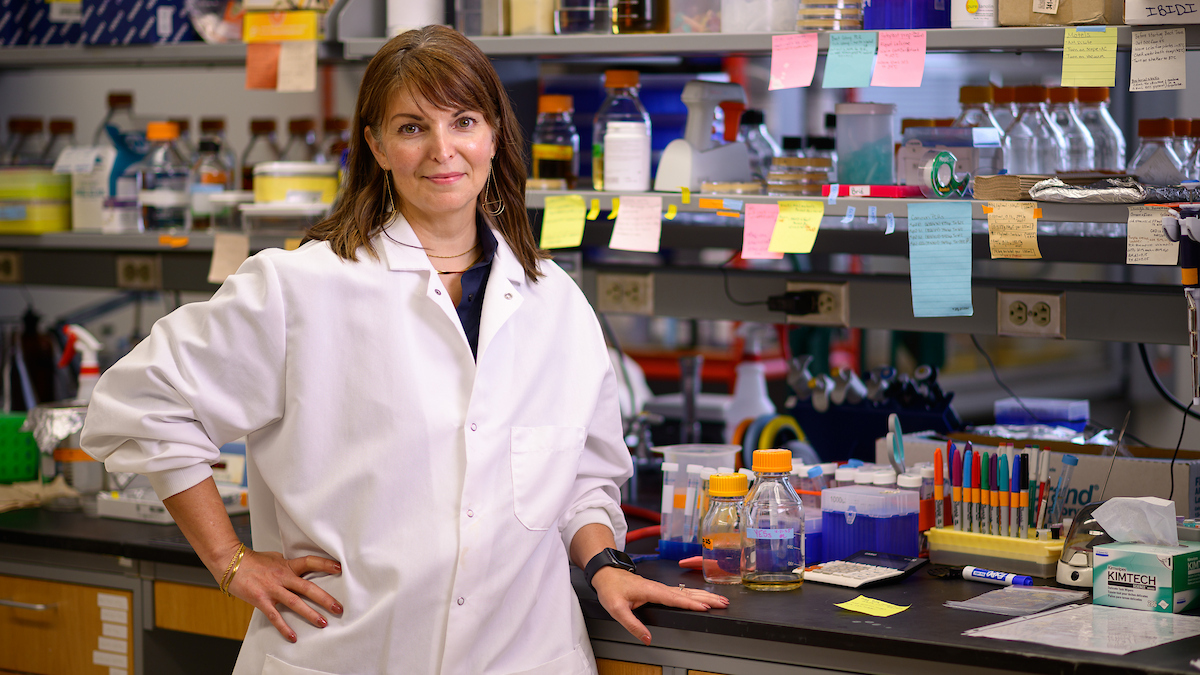Research Roundup February 2025
Scientific breakthroughs are around the corner for every species at the NC State College of Veterinary Medicine! From clinical care, to benchtop studies, to research on best educational practice, we are finding innovative solutions to modern problems that propel each of our missions forward.

Testing Blood Sample Storage Safety in Ambulatory Settings
Ashley L. Parsley, Nicholas A. Hollingshead, Erika J. Gruber
In ambulatory situations, blood samples are often stored for extended periods of time before they can be analyzed, and there has been little research that helps clinicians understand how different storage conditions might affect the accuracy of blood counts. Now, a research study involving faculty from the NC State Department of Population Health and Pathobiology has looked at how storing equine blood at different temperatures affects white blood cell counts and their appearance over five days. The results found that the samples stored in a manner that mimicked ambulatory storage conditions showed misleading patterns that could be mistaken for an inflammatory or infectious condition, which could affect clinical interpretation and diagnostics. Therefore, the study underscores how important proper blood storage and timely analysis are to ensure patients are accurately diagnosed and treated.
The study was published in the Equine Veterinary Journal and can be read here.
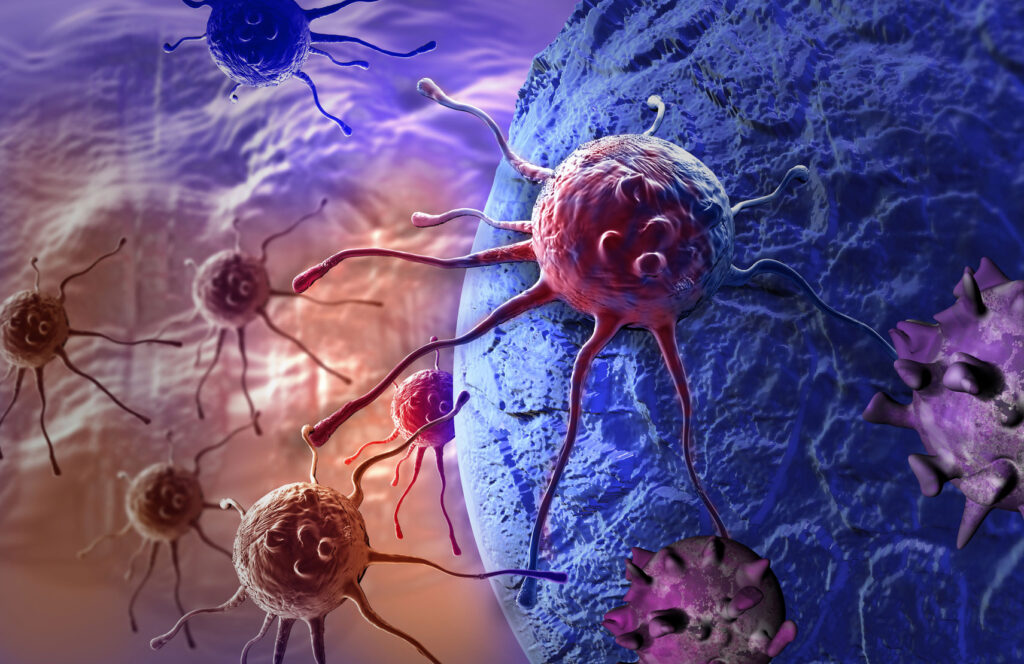
Improving the Effectiveness of Delivering Drugs to Cancer Cells
Zhang J, Pan T, Lee J, Goldberg S, King SA, Tang E, Hu Y, Chen L, Hoover A, Zhu L, Eng OS, Dekel B, Huang J, Wu X.
Cancer treatments depend on the ability of medication to be delivered accurately to tumors or there can be a risk of toxicity to healthy tissue. Because guaranteeing accuracy can be extremely difficult, however, researchers often study novel ways to deliver cancer medications. A recent study, co-authored by Dr. Jian Zhang of the NC State College of Veterinary Medicine’s Molecular Biomedical Sciences Department, focused on creating a drug delivery system that targets a common feature of cancer cells: abnormal metabolism. This feature, known as the Warburg effect, occurs when cells take in more glucose and produce extra lactate even when oxygen is available. The researchers developed a special nanoparticle system with two parts: gold particles that release an enzyme (lactate oxidase) and silica particles that hold the drug. When lactate is present, the enzyme produces hydrogen peroxide, which causes the drug carrier to open and release the drug. The results show that this system improves the precision and effectiveness of delivering drugs to cancer cells, providing a new way to treat tumors by targeting their unique metabolism.
The study was published in Cell Reports Medicine and can be found here.

Understanding the Bacterial Communities Behind Recurring Urinary Tract Infections in Dogs
Gilbertie JM, Sheahan BJ, Vaden SL, Jacob ME.
Urinary tract infections, also referred to as UTIs, are one of the most common bacterial infections in both dogs and humans and oftentimes can be a recurring issue. Most infections are caused by strains of bacteria called Uropathogenic Escherichia coli (UPEC), and in humans the UPEC bacteria can form structures called intracellular bacterial communities that play a role in recurrent infections. Now, thanks to a recent collaborative study involving researchers from the NC State College of Veterinary Medicine’s Department of Clinical Sciences, IBCs have been identified in both urine and bladder tissues from dogs with UTIs as well. The study also found that the presence of a gene called fimH in bacteria strains was linked to increased IBC formation. These IBCs were also resistant to the most common antibiotics used to treat UTIs in dogs, emphasizing how challenging it can be to manage infections. The study also proved that, because of the similar patterns of IBC formations, dogs could be a useful model for studying UTI infections in humans.
The study was published in Plos One and can be found here.

Evaluating Whether a Feline Spaying Technique Should Be in Veterinary Curriculum
Herendeen HA, Turner JWC, Kreisler RE.
A recent study that included faculty from the Department of Clinical Sciences explored the use and opinions regarding the “pedicle tie” technique for surgically tying off the blood vessels supplying the ovary during feline spaying. The technique, often used by high-level surgeons, is not commonly taught in veterinary schools so many general practice veterinarians aren’t familiar with it. The pedicle tie, however, has been shown to be faster, have a lower risk of bleeding and safe for student surgeons to use. The researchers wanted to determine how private practice veterinarians across the country feel about the use of this technique and whether it meets their standard of care. The study found that 77 of the 142 veterinarians surveyed used the pedicle tie and that most learned it from high-quality facilities or mentors. The majority of these practitioners had been using the technique for an average of five years and were comfortable teaching it. The study found that the main reason the other veterinarians cited for not using the technique was its absence from the veterinary curriculum. These results encourage the implementation of this technique in the veterinary curriculum.
The study was published in the Journal of Veterinary Medical Education and can be found here.
Clinical Trial of the Month
Recruiting healthy cats! Help our clinical pathology experts establish reference ranges by enrolling your cat for a quick blood draw and urine collection. Cats must be between 1 and 10 years old and have no evidence of any systemic diseases. Find more information in the flyer attached here!
Research Connection: Dr. Yu Ueda, Director of Extracorporeal Therapy
When patients are at their sickest, we often need novel options to treat them. Research into hemodialysis conducted by Dr. Yu Ueda, NC State director of extracorporeal therapy and assistant clinical professor of emergency services and critical care, is advancing our options. Watch now to learn how.
